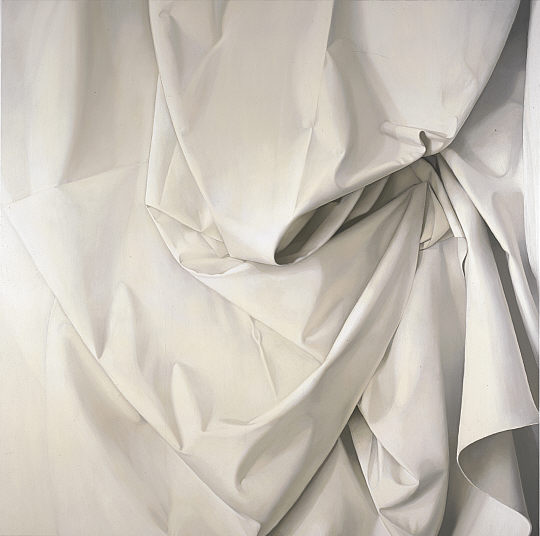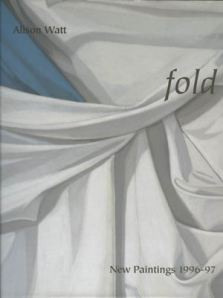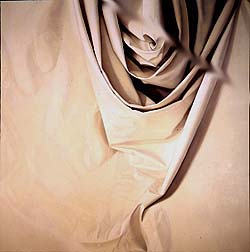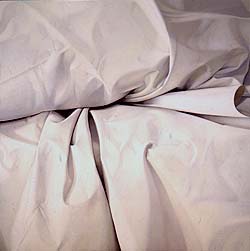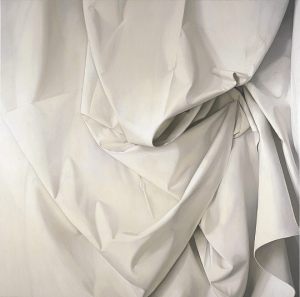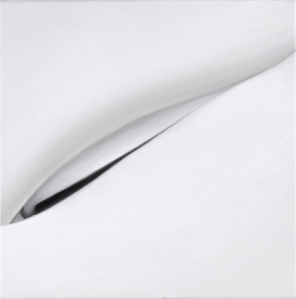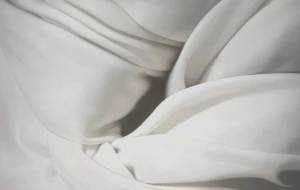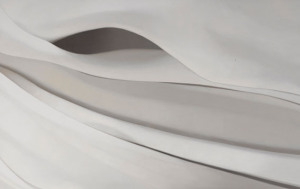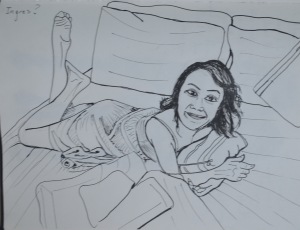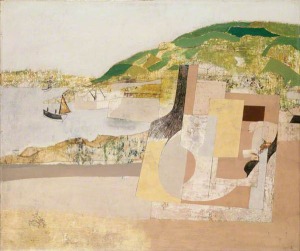Either artists have become uninterested in exhibiting their work at the national gallery or I have picked poor times to visit, the last time I visited the gallery, there had been nothing in the temporary exhibitions luckily I used that time for drawing statues. I thought I was destined to spend my student days in the permanent exhibition of royal paintings by unknown artists until I discovered the Queens Gallery which I will talk about in the next gallery visit.
Anyway, a fortnight ago I ventured over to the National Gallery to see if there was anything on that would introduce me to some new Thai or western artists and I noticed that the permanent gallery had expended by one room displaying work my two contemporary artists. The paintings that really caught my eye work works by an artist named Thawan Duchanee, so I decided do some investigating into why his work had made it to the permanent exhibits with paintings of the royal family as neighbours.

I discovered that the distinguished national artist Thawan Duchanee recently died on 3rd September this year, 2014 at the age of 74. He was born on 24th September, 1939, in Chiang Rai, Thawan and studied at the Poh Chang Art and Craft College in Bangkok. From there he then studied at the Faculty of Painting, Sculpture and Graphic Art at Silpakorn University, where he was mentored by the late professor Silpa Bhirasri. Thawan also earned a doctorate degree in metaphysics and aesthetics from the Royal Academy of Visual Arts, Amsterdam, Holland, under scholarship of the ministry of education. From 1964 to 1974 Thawan had a number of one man shows in France, the Netherlands and the U.S.A including Hawaii and various venues around Thailand, including Chiang Mai university and the British Council in Bangkok. In 1982 and 1983 he was commissioned to paint murals for the Bank of Thailand and the Shell Company respectively before embarking on a study tour of the Mount Everest region in search of yaks and Buddhist art in several Nepalese villages. Over the next thirty years he had numerous solo exhibitions around Asia, Europe and the U.S.A. as well as representing Thai Artists at many international events and art fairs including the “Art Beyond Borders” exhibition at the Museum of contemporary Art in Lisbon, Portugal. In 2001 Duchanee was declared the Thai National Artist and that same year saw the Grand Opening of the artist’s residence and gallery the Black House Museum of Art in Chiang Mai attended by 1,000 artists from 23 countries across the globe. Various media houses reported that Thawan Duchanee died of hepatitis although his 4 sons failed to reveal the cause of death. Interestingly enough I was reading ‘This is Modern Art’ by Matthew Collins in the book he talked about the myths of modern artists, maybe this is his.




The four paintings above are in the national gallery next to the older section of paintings of the royal family. The last of the four paintings is the earliest of the lot and since I can’t find a more descriptive biography telling me the reasons for his change of subjects I will draw my own conclusions from the subject in the paintings and the timeline of events on his website (a little gift from John Berger’s Ways of Seeing). The painting of ‘Two Boats’ above is dated 1963 so it was painted during his time at Silpakorn university so it may have even been part of his coursework. The subject of the ‘Two Boats’ and the first painting ‘Farmer’ are not that far apart though as both depict Thai rural life.
The connection between ‘Farmer’ and ‘Suwanna Some’ is also present, both are figurative paintings and both depict the human form as muscular male figures. The first painting however seems to be a study for a mural of sorts as it reminds me of a stained glass window, the thin strips of grey that depict movement and rigid shapes in the painting look like the lead strips in a church window.
The paintings below were images i found from different sites on the internet mainly from his own site which seems to display work from his gallery and residence, the Black House Art Museum, Chiang Mai.
He developed his works in to a simple but unique style of painting that is strictly Asian but seems to take elements from art of different parts of Asia most notably Chinese and Thai but there seems to be other Asian influences in there which is probably the result of study trip around the Mount Everest region of the Himalayas.
What I like about these more simpler works is that he manages to depict the beast’s anatomy and muscles with a few simple brush strokes and in some places even long continuous brush strokes that often resemble clouds adding to the mythical feel of the paintings.




It is difficult to tell which painting tools he uses as he seems to change throughout his career some of the later pieces look as though parts of them could have been painted with an airbrush.



Now and again I do find Thai artists that I get inspired by and Thawan Duchanee is one of them. I asked a few Thais what they new about him and what most of them seemed to say is that ‘He liked Black’, perhaps it will be a study visit to the Black House for me this winter. http://www.thawan-duchanee.com/ http://englishnews.thaipbs.or.th/ www.cakechooser.com

